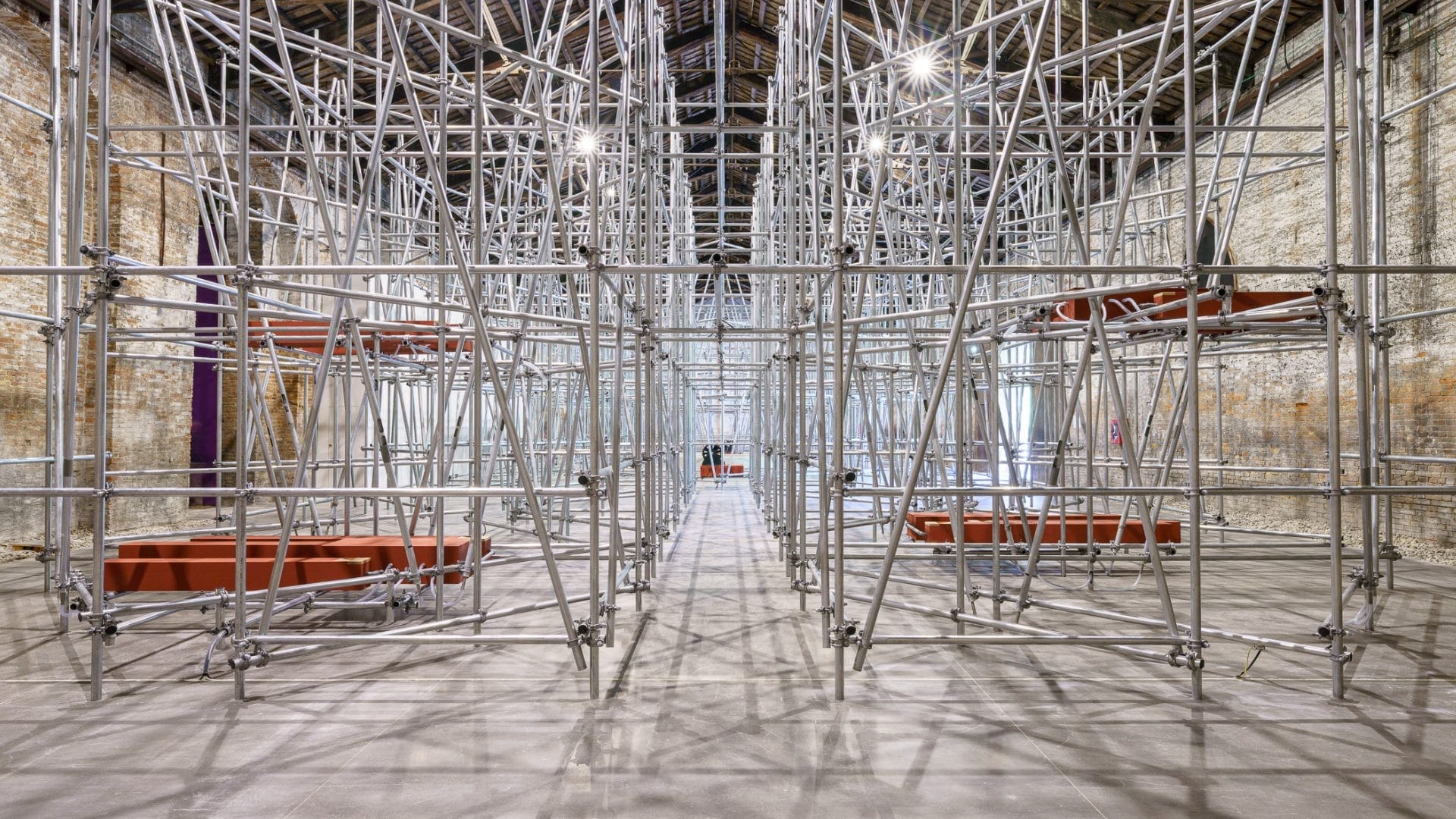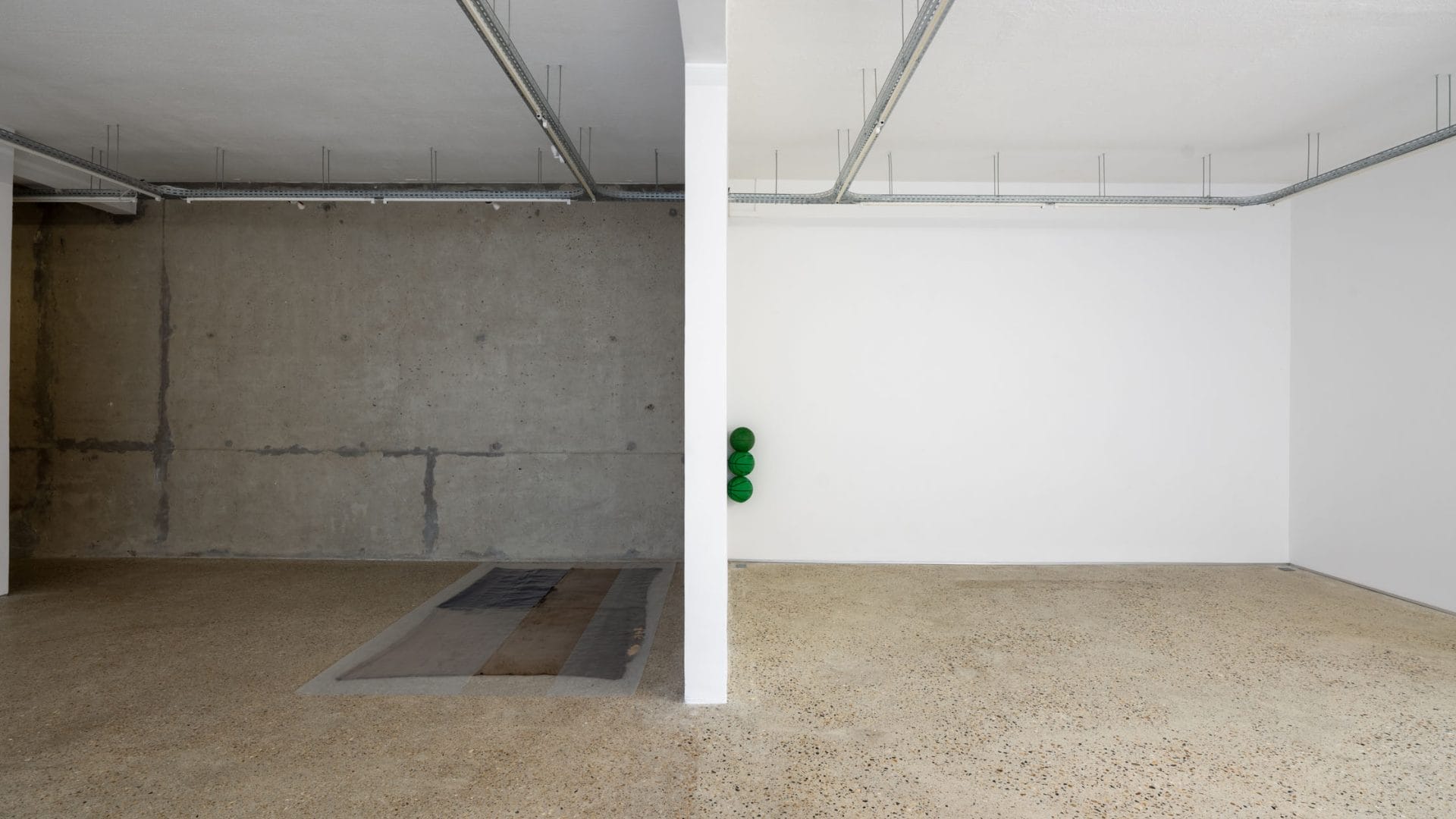
Michael E. Smith at Crèvecœur: The Ghost of Objects
We don’t know who first said, “Objects don’t die; they transform.” It almost sounds like a poetic version of the law of conservation of mass. But standing before Michael E. Smith’s exhibition at Crèvecœur Gallery in Paris, this phrase takes on an unexpectedly tangible meaning, giving rise to a game of metamorphoses that is anything but predictable.
We’ve been familiar with his sculptural work since the early years of his career. And, to be honest, he has always struck us as an artist more skilled at handling space than at dealing with objects individually.
His works are traces, relics, remnants that hold a memory we cannot access. It is an art made of absences and silences, something far more concerned with subtraction than with addition.
Upon entering, we first encounter a suspended glove. Hanging in midair, it seems to retain the ghostly imprint of an absent body, a gesture frozen in time. This initial encounter immediately sets the tone for the exhibition, immersing us in Smith’s distinctive visual language, where objects exist in a state of ambiguity and transformation.
Moving further into the space, we are met by a battered cardboard box, wrapped in tape and covered with a faded print of an American breakfast: fried eggs and hash browns. It feels like a relic of an era that hasn’t quite ended but is already in ruins. There’s something unsettling about this image, a meal frozen in time, a symbol of consumption turned into a kind of post-industrial fossil. This piece encapsulates Smith’s artistic vision: he does not modify objects but relocates them, reintroducing them into a context where their meaning wavers.
His work does not speak the explicit language of social critique, nor does it embrace the irony of the ready-made. The objects he employs do not seem eager to communicate anything, and yet they look at us. (Yes, exactly, they look at us.) They are mutations, remnants of an economy that has lost all function but not the weight of its own existence.
The deeper we go into the gallery space, the stronger the sense of suspension grows. A worn basketball is wedged between a curtain and a concrete wall, as if crushed by an invisible force. Further along, three green balls are stacked in a precarious corner, forming a fragile tower that seems to hold together by sheer miracle.
It’s remarkable how Smith makes something so familiar feel so unsettling. A basketball usually signifies movement, energy, and bounce. Here, however, it is stuck, stripped of its function. It makes us think of absent bodies, interrupted forces. There’s a faint echo of David Hammons’ works in this, but with a more spectral, almost exhausted aura.
The exhibition’s setup is merciless in its starkness, as is typical for the artist. There is nothing superfluous, bare walls, raw floors, a few elements scattered with surgical precision. Nothing truly feels “installed,” rather, everything seems abandoned, like the remnants of a shipwreck.
This visual economy is key to understanding Smith’s poetics. His works do not impose themselves, they do not seek to seduce. They simply exist, almost imperceptibly, forcing us to reconsider our perception. It is an art that demands attention, resisting quick consumption.
Unlike much contemporary sculpture, which plays with high-tech materials and industrial surfaces, Smith works with objects that are worn, used, consumed, things embedded in everyday life. His approach is not a commentary on consumerism, nor a mere ode to decay. It is something more visceral, his objects seem to have evolved, as if they have undergone organic mutations. There is a faint echo of science fiction in all this, but without aestheticization, a post-apocalypse of the banal, where everything is still here but emptied of its purpose.
Leaving the exhibition, we realize we have traversed an ambiguous territory, a liminal space where objects cease to be what we thought they were. Smith’s works function like glitches in our perception, small distortions, quiet yet precise juxtapositions that interrupt our habitual way of seeing the world.
We live in an era saturated with images and information, and Smith does the exact opposite, he subtracts, deconstructs, reduces everything to a minimal, almost mute essence. And he does so with a sculptural maturity that surpasses many artists of his generation. In a world that constantly shouts for attention, his work is a whisper. But it is precisely that whisper that lingers, embedding itself in memory like an echo that refuses to fade.
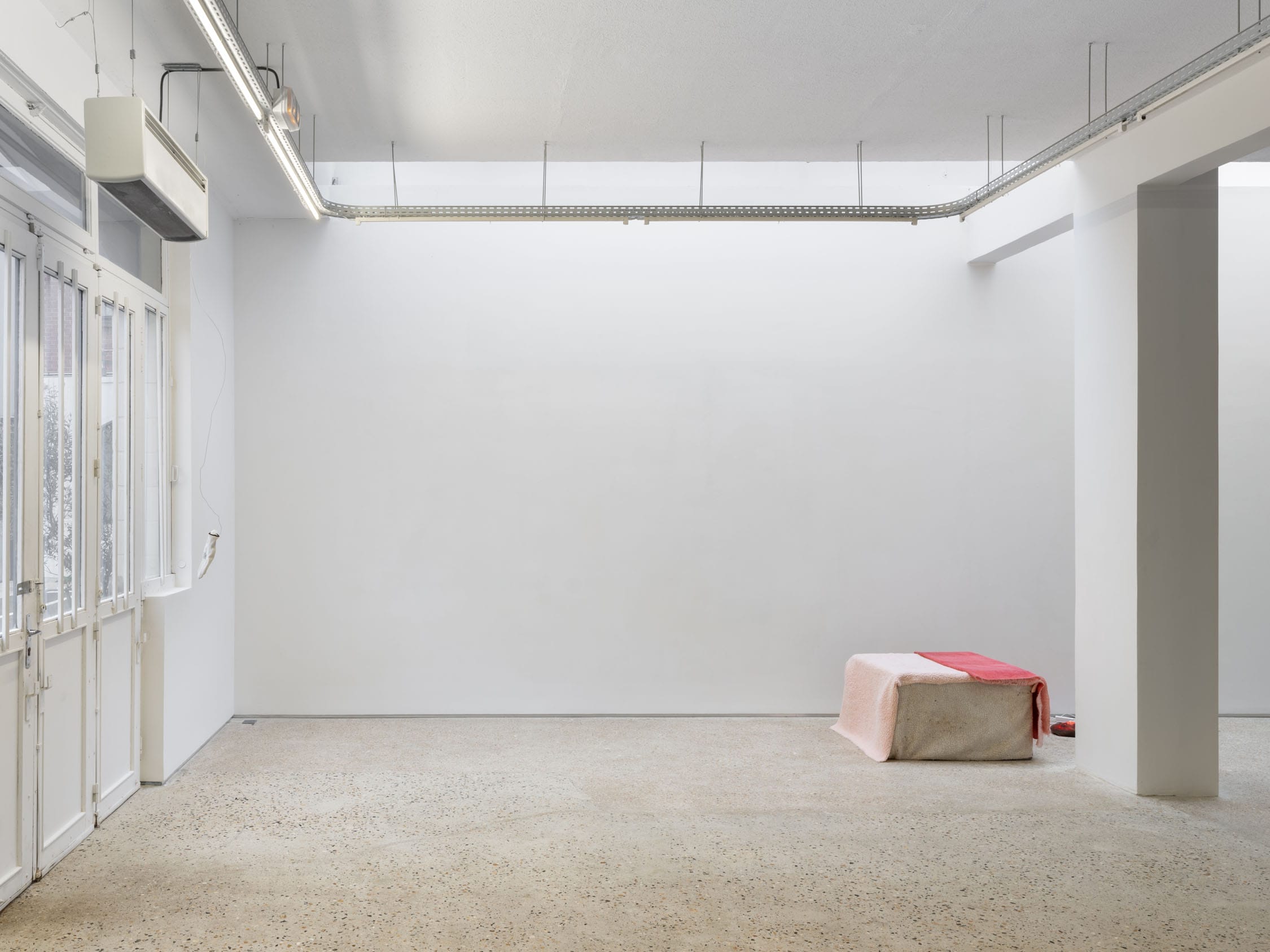
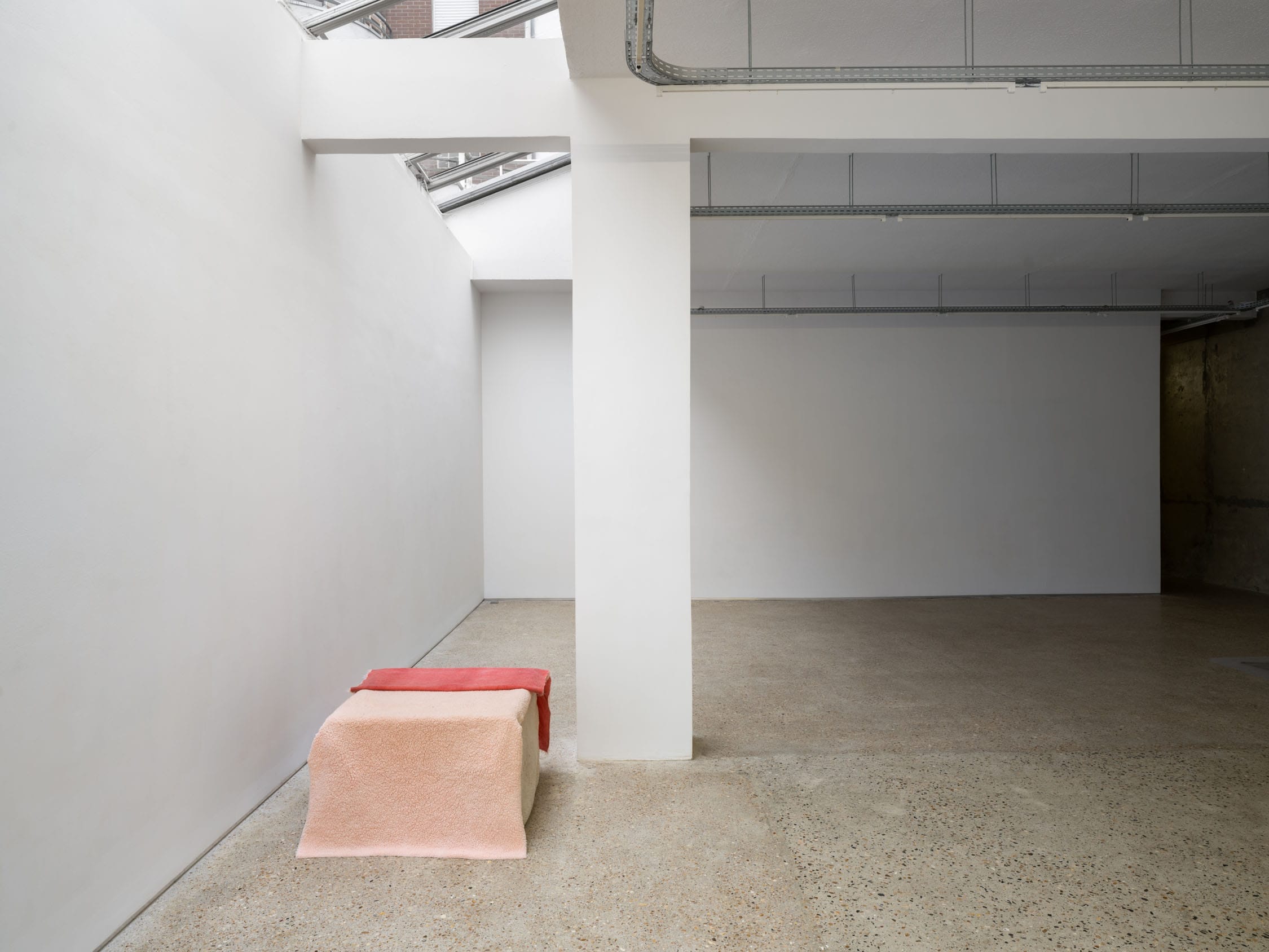
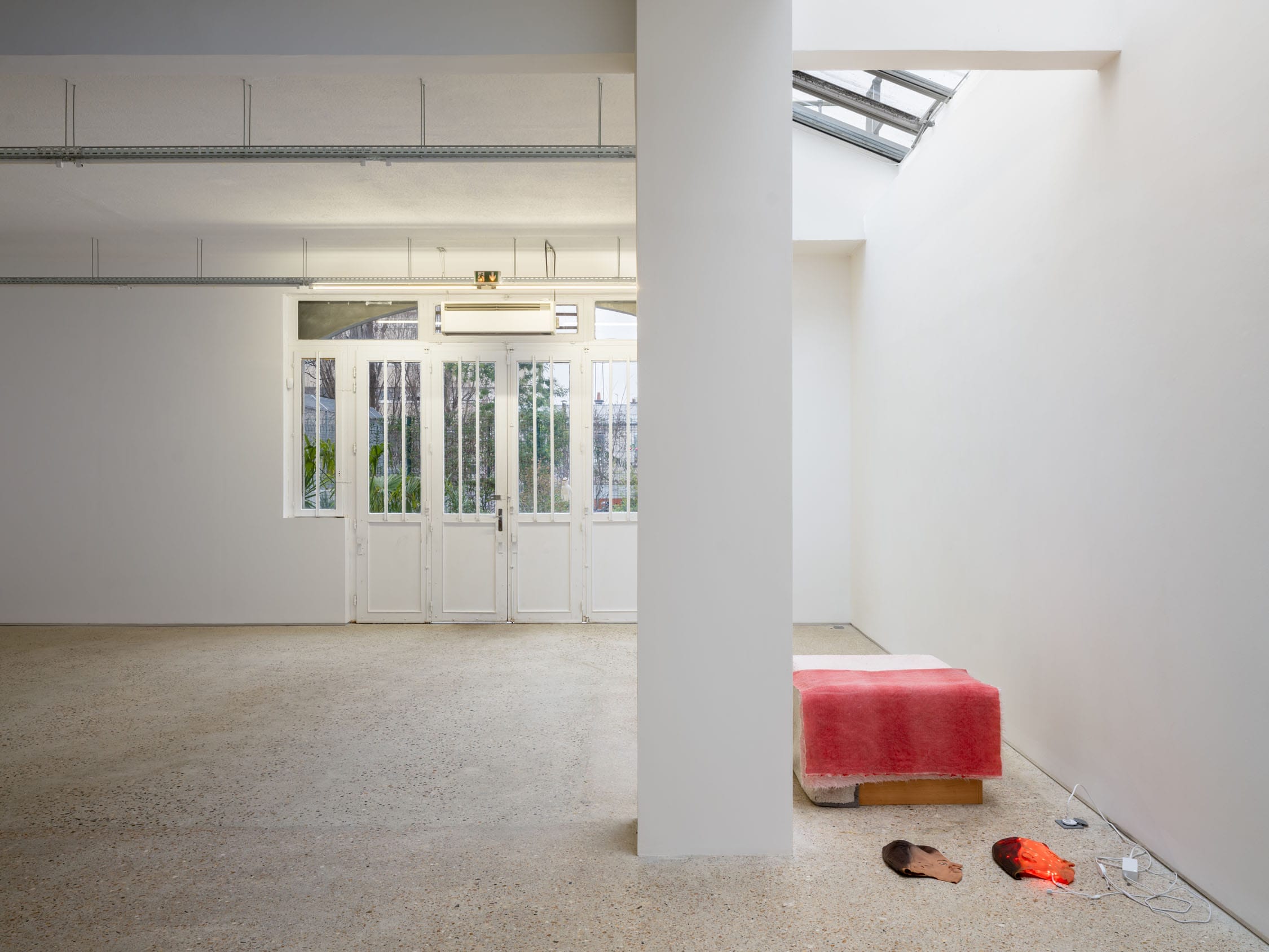
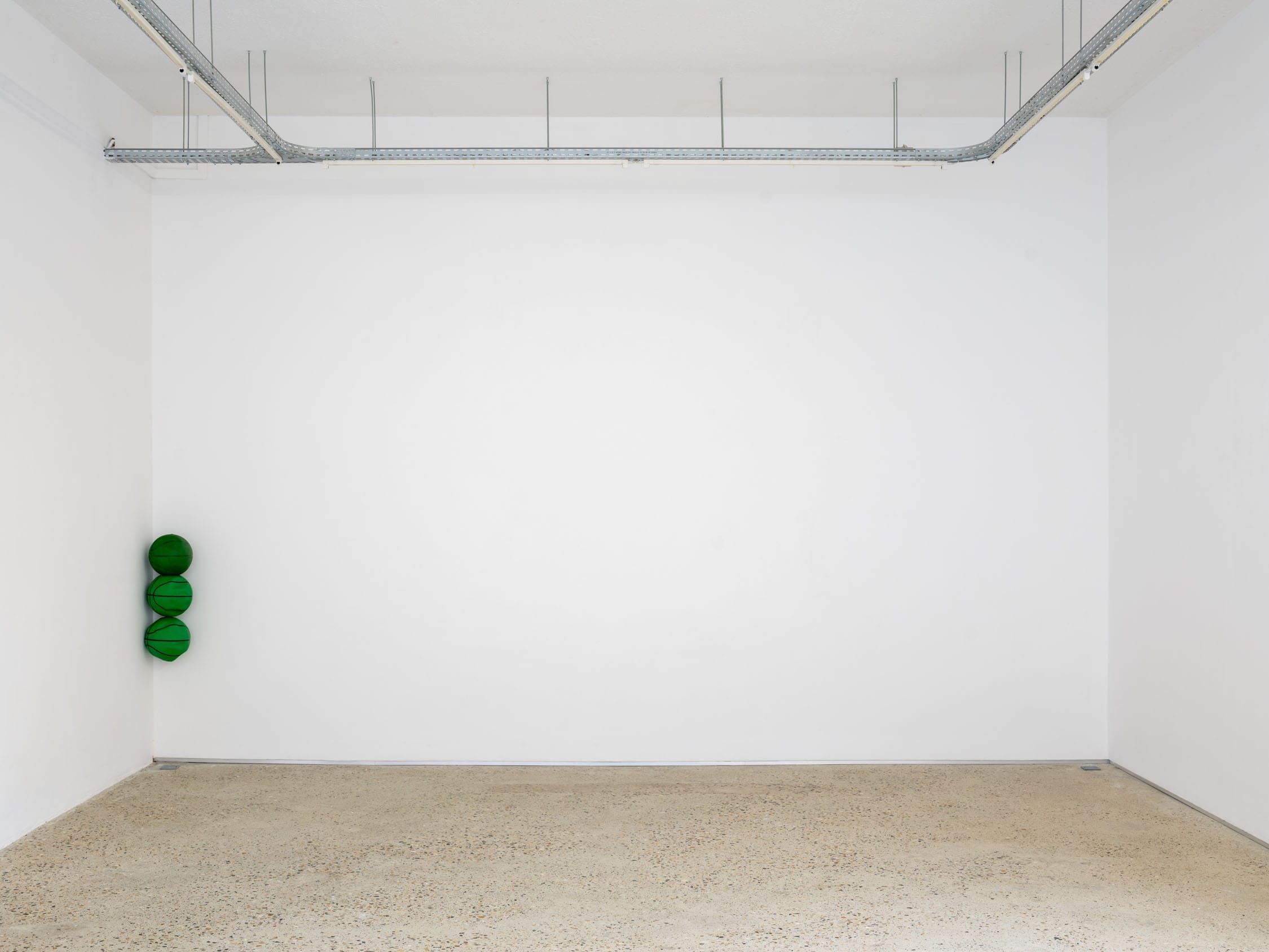
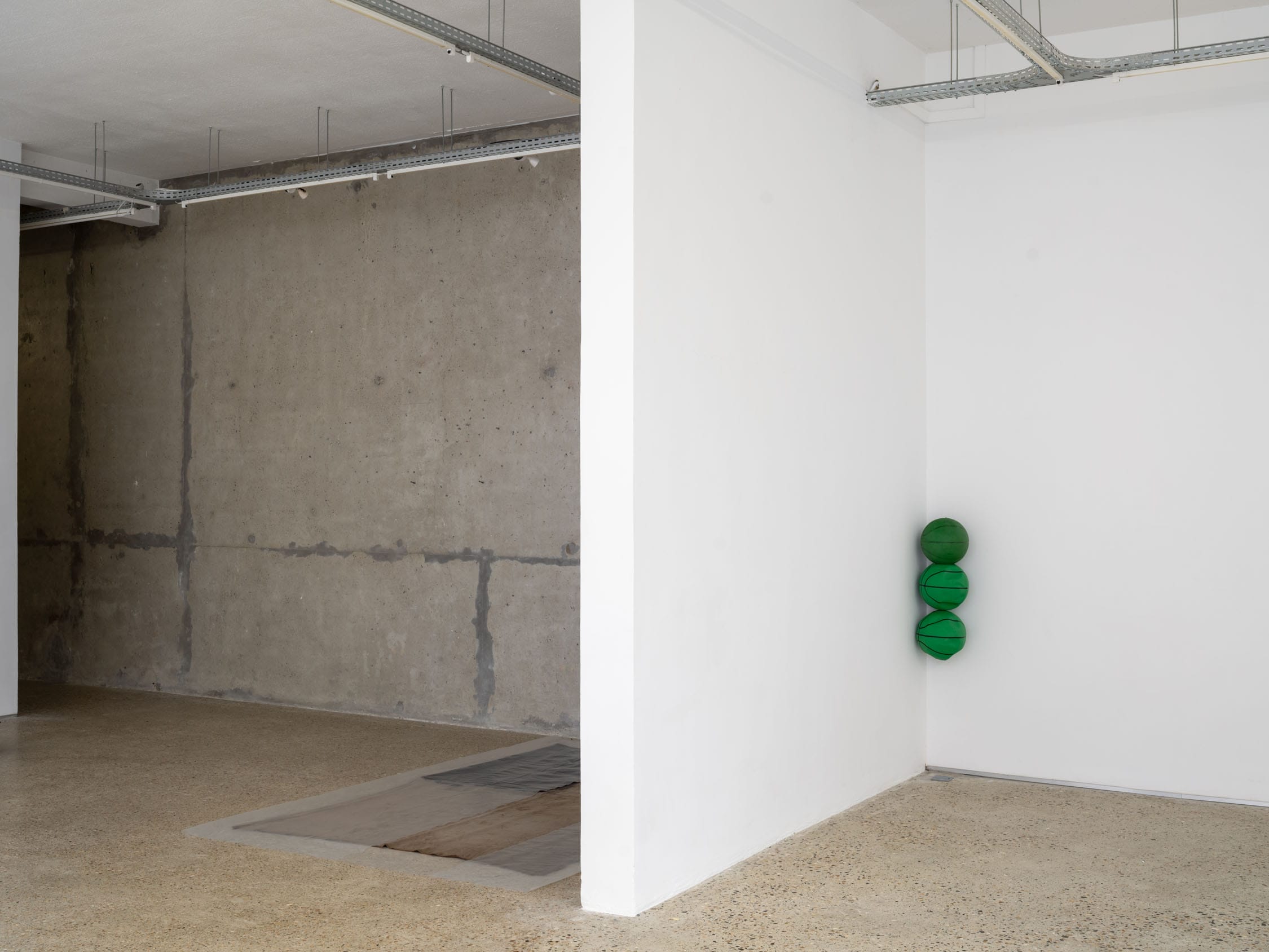
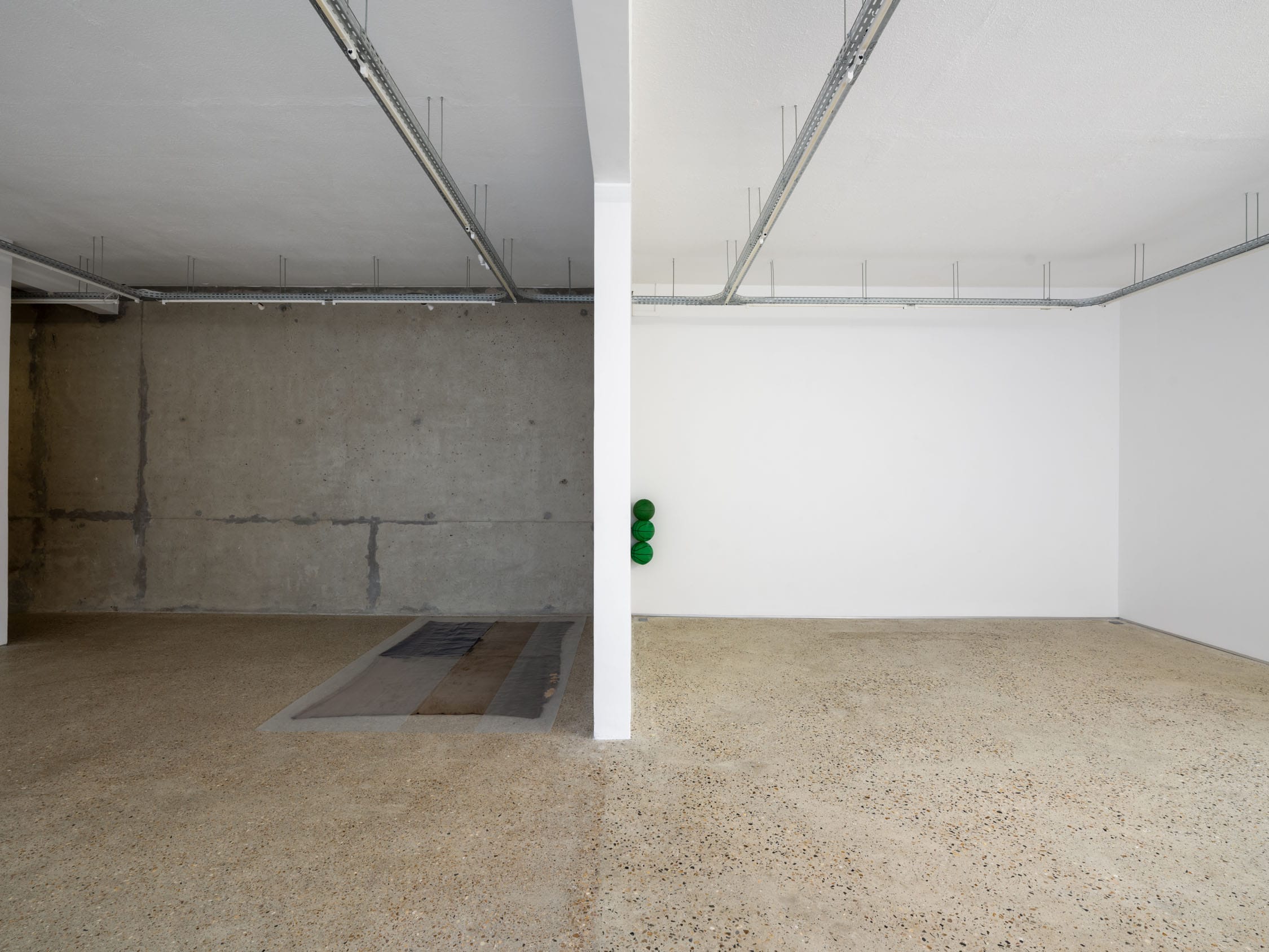
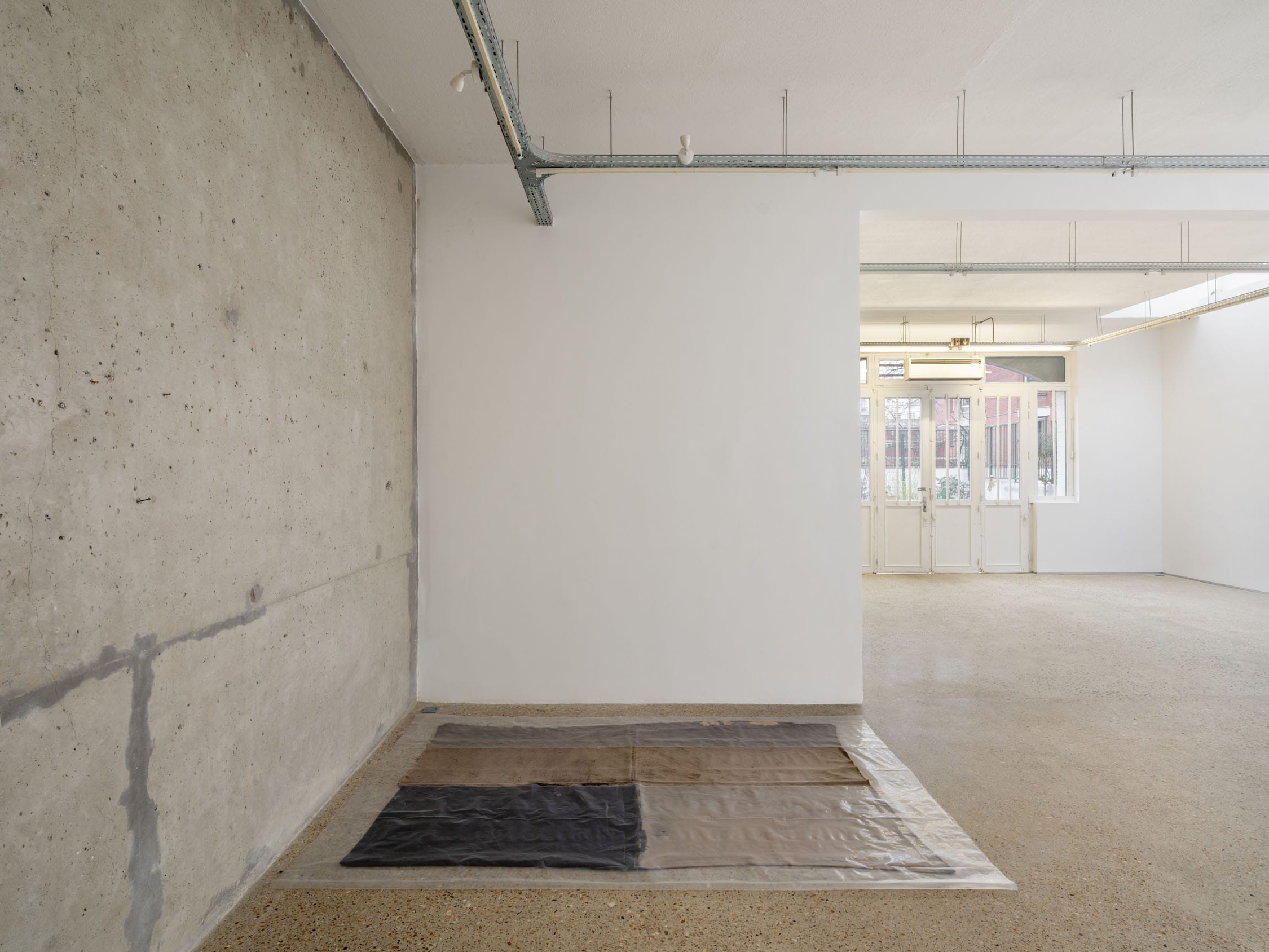
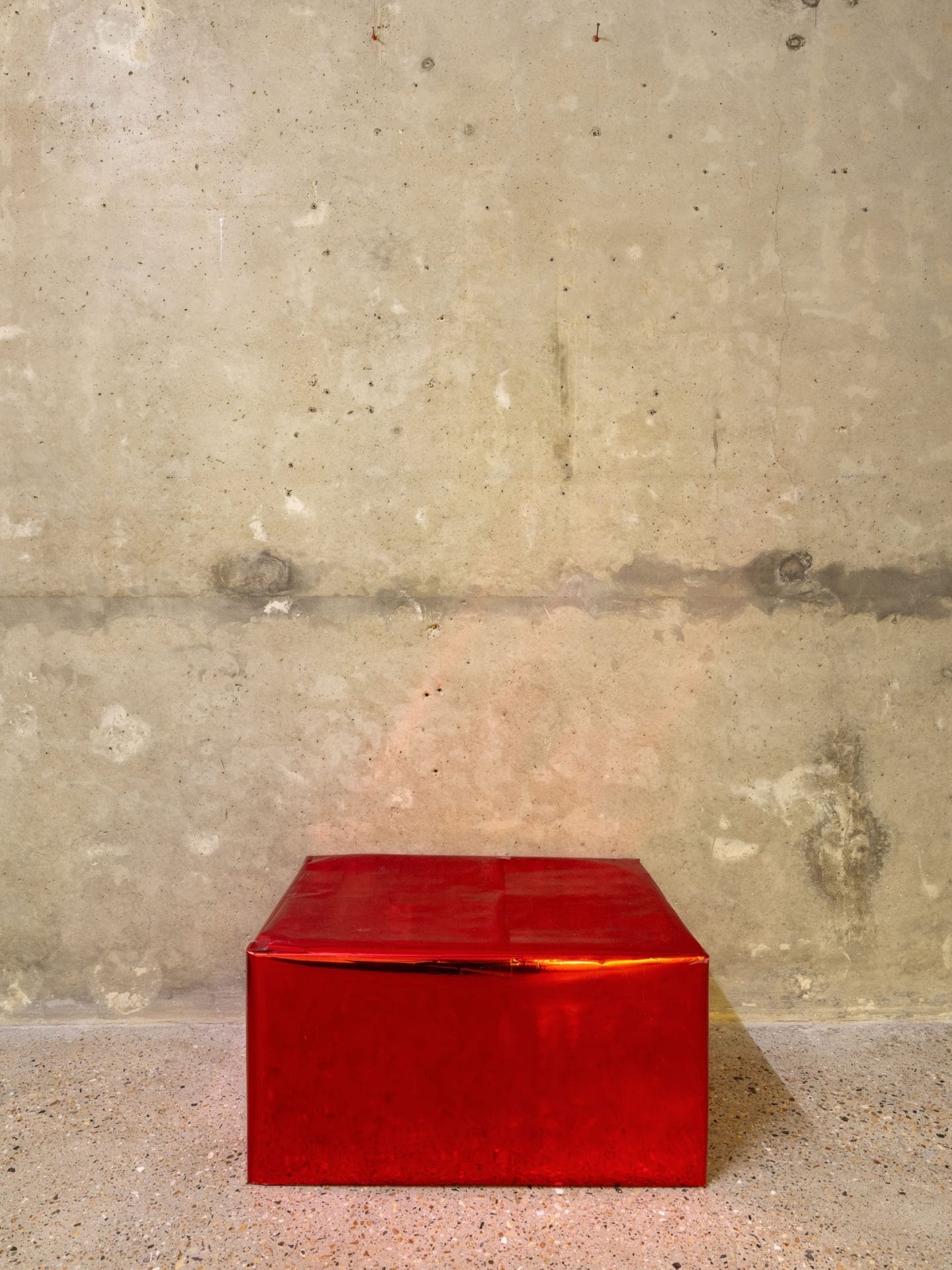
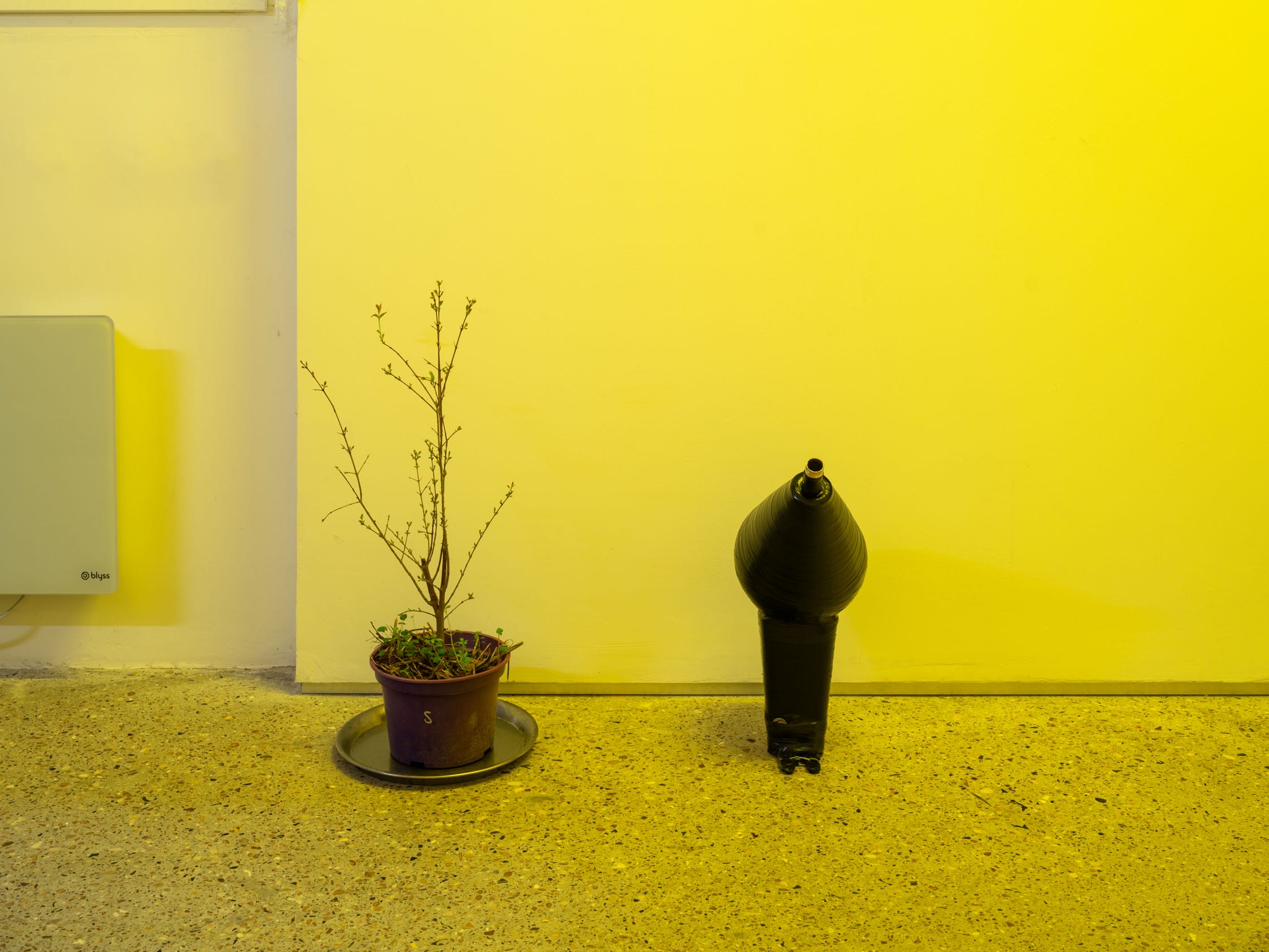
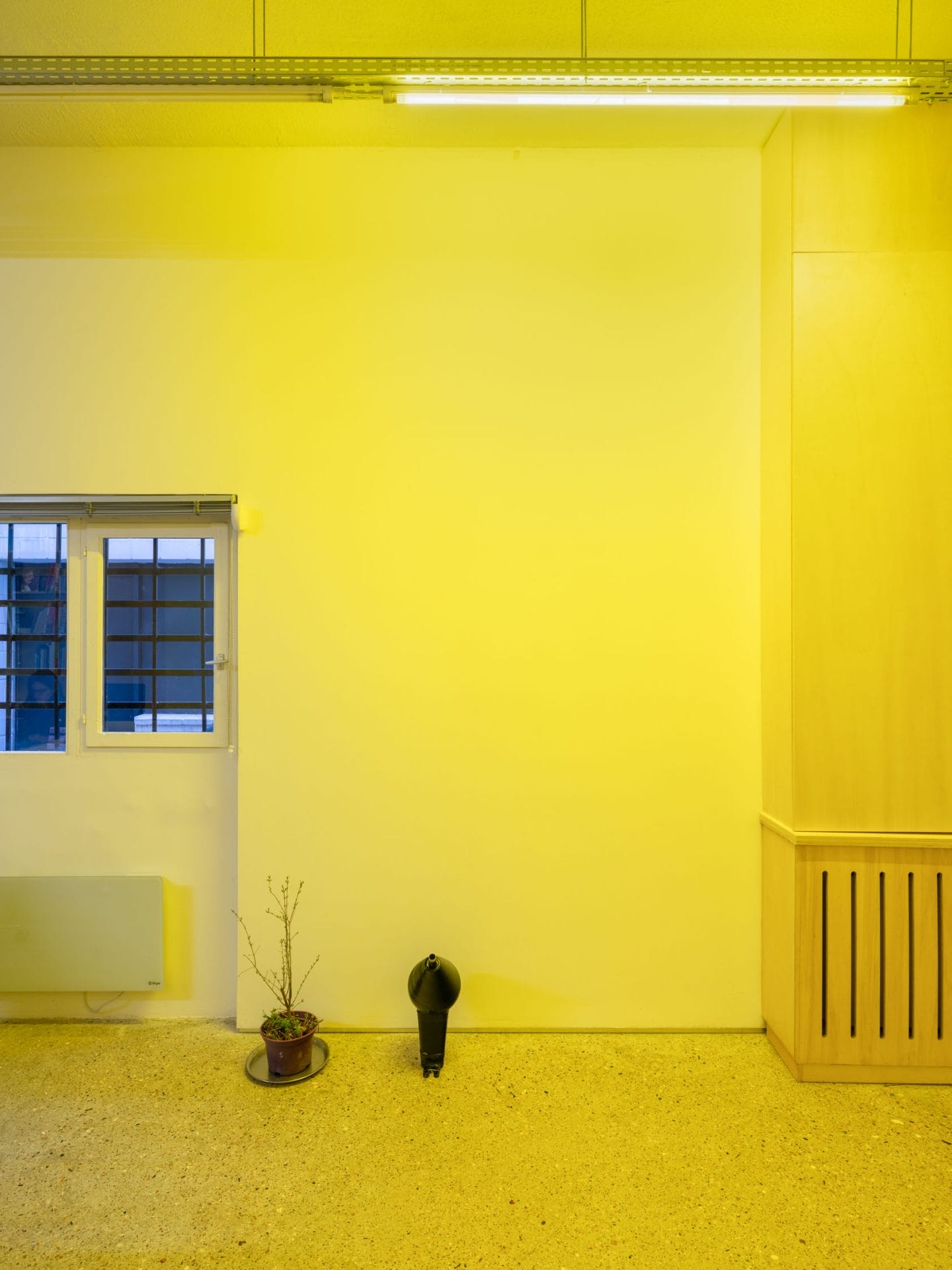
fakewhale
Founded in 2021, Fakewhale advocates the digital art market's evolution. Viewing NFT technology as a container for art, and leveraging the expansive scope of digital culture, Fakewhale strives to shape a new ecosystem in which art and technology become the starting point, rather than the final destination.
You may also like
The Power of Cute: Review of the 13th Berlin Biennale by Sofia Baldi Pighi
From rhetoric to whisper, the 13th Berlin Biennale adopts a deliberate posture of political engageme
7 Must-See 2024 Venice Biennale Pavilions
Set against the timeless splendor of Venice, the 2024 Biennale emerges as a dynamic showcase of cont
John Gerrard: The Art of Real-Time Simulation
“The simulacrum is never that which conceals the truth; it is the truth that conceals there is


